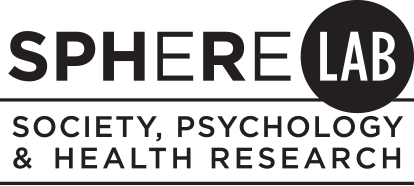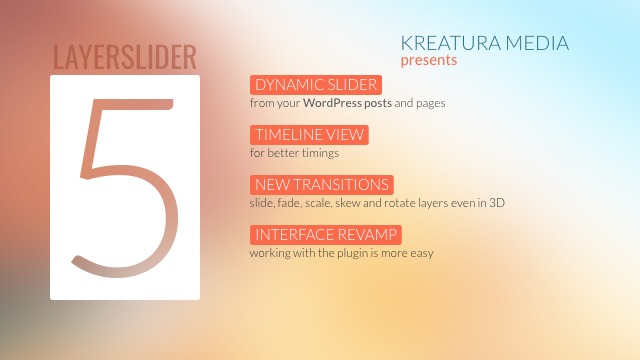Select resources and references
Cole. (2009). Intersectionality and Research in Psychology. The American Psychologist, 64(3), 170–180. https://doi.org/10.1037/a0014564
Intersectionality: What is it and why it matters. The University of British Columbia. (2021). Retrieved from https://vpfo.ubc.ca/2021/03/intersectionality-what-is-it-and-why-it-matters/
Ferguson. (2005). The use of diary methodologies in health and clinical psychology. In A Handbook of Research Methods for Clinical and Health Psychology. Oxford University Press. https://doi.org/10.1093/med:psych/9780198527565.003.0009
Wilson, P.A. A Dynamic-Ecological Model of Identity Formation and Conflict among Bisexually-Behaving African-American Men. Arch Sex Behav 37, 794–809 (2008). https://doi.org/10.1007/s10508-008-9362-9
van den Berg, J. J., Fernández, M. I., Fava, J. L., Operario, D., Rudy, B. J., & Wilson, P. A. (2017). Using syndemics theory to investigate risk and protective factors associated with condomless sex among youth living with HIV in 17 U.S. cities. AIDS and Behavior, 21(3), 833-844.




